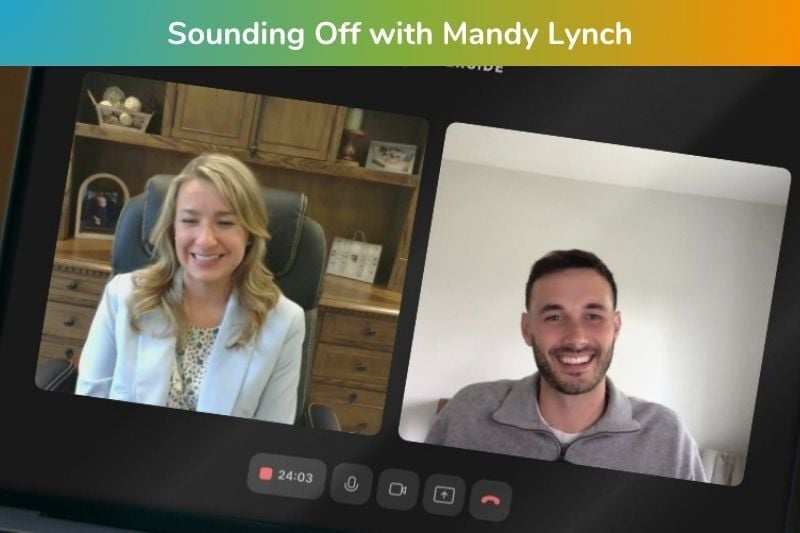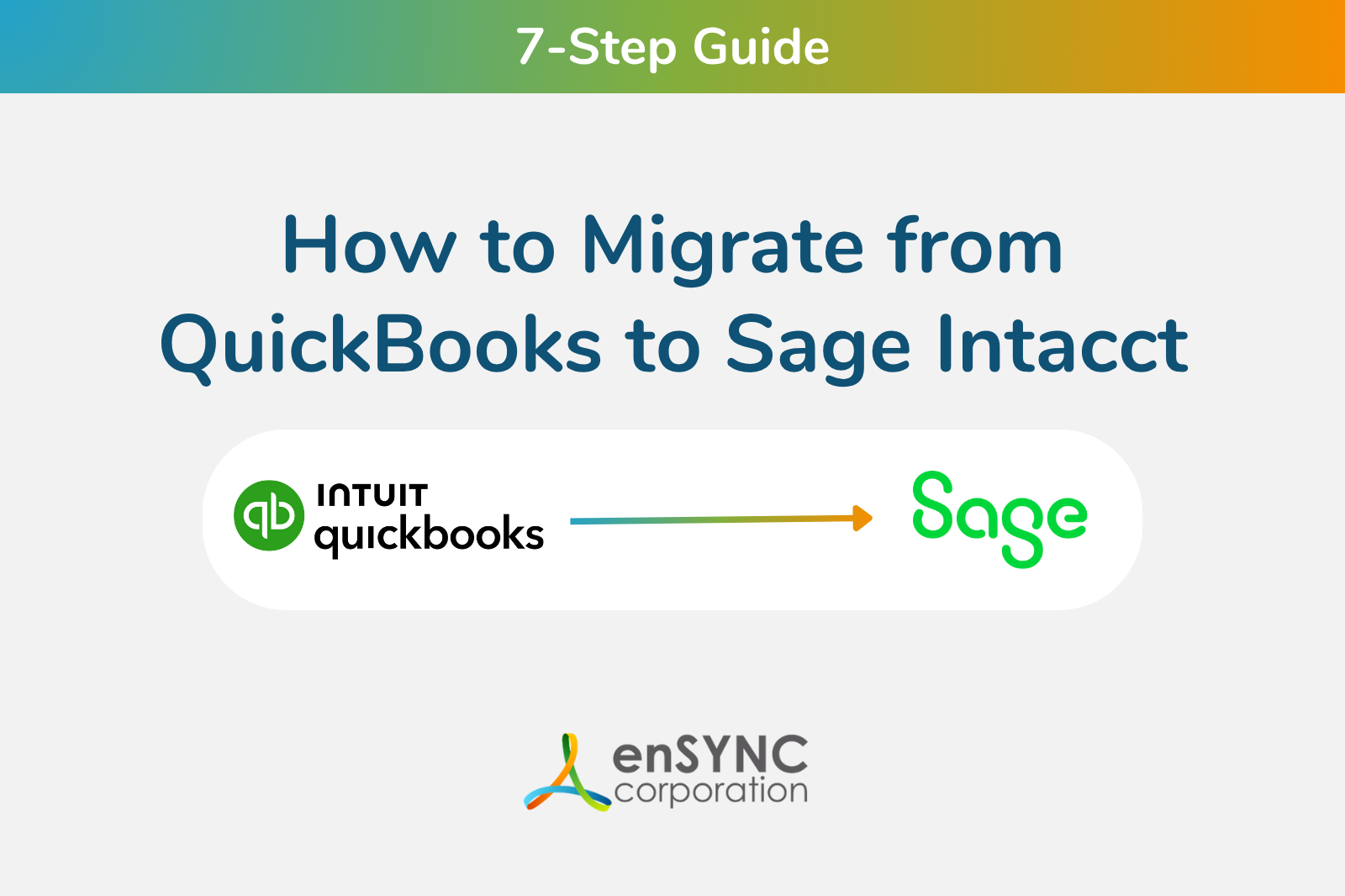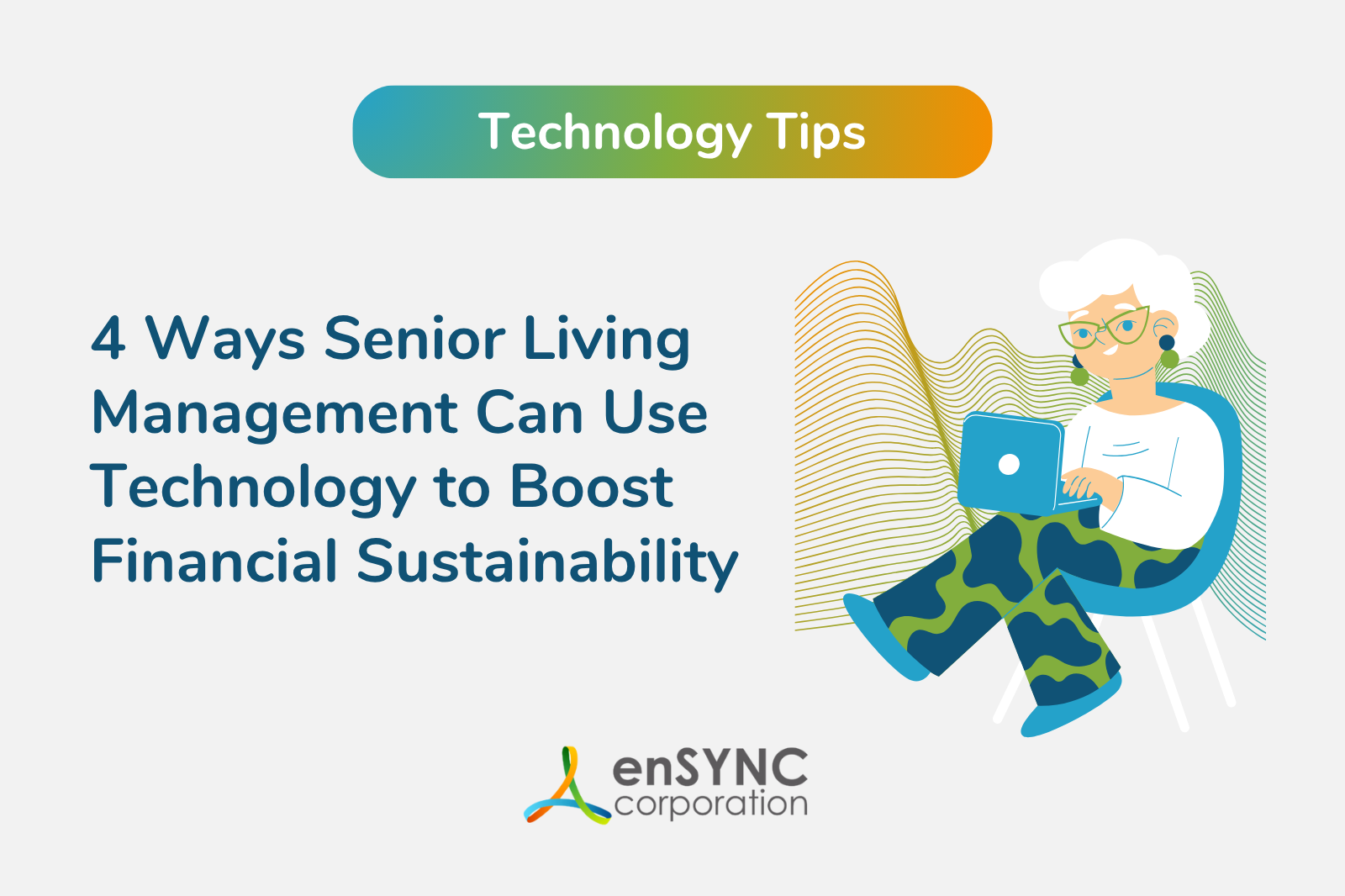Technology & digital transformation | Strategy & planning | Nonprofits
How Your Nonprofit Can Do More With Tech
July 10, 2019
|
Technology is vitally important for nonprofit organizations. NPOs that use technology well are more successful at reaching their goals, especially in an era of social media engagement and search engine optimization (SEO).
How does your nonprofit utilize technology to reach your fundraising and programming goals? What does that mean, though? What are the best ways that nonprofits can do more with tech?
What is Nonprofit Technology?
In the world of nonprofits, the word “technology” covers a lot of ground. It can refer to so many different things! It includes the tech you use to complete your day-to-day operations, the software you use to manage payroll, expenses, and income, your website and social media presence, and the tech you use to promote your organization online and in print.
We have written before about how nonprofits sometimes push technology to the proverbial back burner, especially when things get tense.
Nonprofit consultant Wayne Elsey of Elsey Enterprises says it is not an option to ignore technology.
He writes, “We live in the digital era. There are no excuses for not being somewhat informed or doing your homework. Look, I’m not a ‘techie’ and much more prefer to pick up the telephone or have a face-to-face meeting, but I do my homework on SEO and the trends in digital marketing, for instance.”
He goes on,
“A nonprofit leader has to get the expertise. It doesn’t mean he or she has to know all of the back-end technology, but the leader must understand how big data and technology work at a strategic level and how it impacts every area of their operation: marketing, fundraising, programs, etc.”
This absolutely matches our experience. Ignoring technology is a huge problem, but why is that?
How Tech Can Help Nonprofits
There are a number of ways that technology can make your job as a nonprofit administrator easier. Let’s break down some of the most effective uses of technology and how it can help nonprofits like yours.
Technology can make accountability to donors & stakeholders more efficient.
Integrated accounting software is a system that combines all accounting functions into a single application. Most importantly, this application is self-balancing. There is no re-keying of data from one system to another, as everything is in the same place. Without the potential for human error, ledgers and functions are automatically reconciled, in real-time.
All of this means that your accounting is more precise and more accurate, which is something that donors and stakeholders appreciate. You can create a great track record of accuracy and efficiency, which will improve your reputation and make you a more appealing organization for donors.
Integrated Accounting for Nonprofits
Although integrated accounting is typically described as a tool used by for-profit organizations, like small businesses, it is equally as useful for the nonprofit sector.
Capterra explored the best-integrated accounting software programs for nonprofits and found that the best-paid programs range from $25-120 per month, per user, although many programs are actually negotiated on a case-by-case basis. Several include a free trial, and the features vary pretty significantly from product to product.
Get more exposure for your cause.
Using tech to your advantage can absolutely benefit your nonprofit’s cause. How? Think about some of the marketing that you have to do. For example, consider automated marketing tools. This can create ways for you to communicate efficiently with your donors and supporters through email lists, social media posts, and more.
Do you know which is more important when it comes to social media exposure: likes, shares, or comments? Most people don’t, which is why automated or high-tech social media software can help you create a strong social media strategy--that you can then follow up with!
Exposure is incredibly important to today’s nonprofits, which need to capture the attention of potential donors and participants. Technology can absolutely help you create those connections.
Exposure is incredibly important to today's nonprofits, which need to capture the attention of potential donors and participants.
Marketing Tools
Any chosen marketing tools should include:
- Advertising opportunity tracking
- Automated ad placements
- Marketing and advertising reports
- Benchmarking and analysis
- Email marketing
- Campaign management
- Online mini-pages that support your promotions
- Membership drive management
- Fundraising and crowdfunding features
- Event management
- E-commerce
The marketing tools you choose should make sense to you at your level with technology, or be accessible to someone in your organization who is tasked with making tech decisions.
(Side note: we recommend that whomever you have in charge of technology should have decision-making power so that you can avoid extra headaches and struggles when it comes to choosing and integrating software, hardware, and tech policies in your organization.)
Tech can help you mobilize for advocacy & public policy.
More and more residents of the communities you serve expect to learn of opportunities for involvement and social action through social media. Use technology to ensure that you are connecting with your followers, supporters, and donors in the places where they already “hang out” online.
For example, if you have a relatively young donor base, you should be on Twitter and Instagram, and maybe even Snapchat. If, however, your donors tend to be a little older, pay special attention to what you are posting on Facebook.
A few other important options that can help you mobilize your followers for advocacy and public policy input include texting constituents with relevant information, targeted email marketing, and social media engagement about a wide variety of topics related to your cause or purpose.
Mass Texting Solutions
Finding the best mass texting strategy is about balancing two important goals: keeping people informed without overburdening them with information that causes them to distance themselves from your organization.
When it comes to texting your contact list, be sure that you are using software that will get your information across without getting you into trouble with internet service or cell plan providers. Ill-informed mass texts that look like spam will get you blocked in no time.
Tech can boost your fundraising efforts.
Organizations that use technology well have a great benefit when it comes to nonprofit fundraising! The website Classy gives some useful advice about fundraising efforts that are primarily online. Tech can definitely boost your fundraising!
They write:
“Even if it is as simple as having a reliable mechanism for donating with a credit card, you need to use technology to your fundraising advantage."
"Build engagement online so that when you post something, you have a high likelihood of being seen by new and returning donors.”
“You can also create a specific campaign, or ‘crowdfund,’ through several different crowdfunding websites. (Watch for high fees and any hidden agreements when you are choosing a crowdfunding site to use!)”
Yale reports that nonprofits can use online fundraising to their benefits, and that will also help the institution and community long-term.
Donor Management
The Balance recently posted about the ways that good donor management software can improve your fundraising results. The three main ways they identified are:
- Improved work management inside the organization
- Easily accessible data to help inform your fundraising strategies
- Better communication between the organization and donor/potential donor
Generate non-dues revenue.
Nonprofit associations sometimes over-depend on dues or memberships to fund programming. Technology can open additional revenue streams that are not dues-based.
Some examples of non-dues revenue include merchandise sales, research/consulting fees, renting out space in your building, project management, subscription-only areas of your website, running a bookstore, and having retail sales at your events.
E-commerce
E-commerce for online sales is great, but not all e-commerce sites are created equally. A bad e-commerce site will frustrate users and kill your chance at selling products, services, merchandise, and anything else you want to put in your shop.
There can be design problems: ugly graphics, an overly busy look, and a difficult-to-use interface can all be problems that deter shoppers from spending time on your site. There can also be usability issues: intrusive pop-ups, no “guest checkout” option, and too many steps.
Be sure to choose an e-commerce platform that is highly reviewed and user-friendly for both the organization and the shopper.
Learning Management Systems
Educational institutions use Learning Management Systems (LMS) to provide courses to their students, but nonprofits are starting to use them in innovative, revenue-building ways. According to Capterra, a good LMS can be used by nonprofits to provide the following:
- A strong online presence that people can engage via mobile device
- A training model that enables learning from any location in the world and accommodates speakers of any language
- A lowered bottom line
A great LMS accomplishes these things by being mobile, adaptable, intuitive, and time-saving. Nonprofits are not just using LMS to provide courses, but to train their employees, hire distance workers, provide opportunities for involvement to donors and supporters all over the world, and streamline many of the tasks that were being duplicated in multiple areas of the organization.
Capterra continues, “Learning management systems are changing the way nonprofit associations operate. An LMS makes it possible for a nonprofit to easily train and track employees, volunteers and members around the world, enable mobile donations, and have the money needed to carry out its mission.”
Create a movement.
For all of our talk of technology and its benefits for nonprofits, it is important to remember that tech is just a tool. It is a tool that allows you to do the work that you are passionate about. For a great example of a nonprofit association using technology as a tool to make a difference, just look back a few years to the Ice Bucket Challenge.
In 2014, The ALS Ice Bucket Challenge inspired more than $220 million in giving to ALS-related organizations, including the ALS Association, which received $115 million. The most exciting thing about all that giving? It made a real, measurable difference.
Sarah Parvanta of the independent research group RTI said, “Since the ALS Ice Bucket Challenge, researchers funded by the Association collectively increased their scientific output by 20 percent, measured by the annual count of published journal articles authored by at least one grantee.”
“This number is expected to increase once all published articles from 2018 have been cataloged in bibliographic databases. The number of peer-reviewed articles acknowledging the support of The ALS Association more than doubled since the Challenge.”
The Ice Bucket Challenge was unique to social media. It wasn’t just a campaign. It was a movement. This is such a great example of a nonprofit creating a movement by leveraging technology in an effective and exciting way.
What’s Next for Your Organization?
Are you ready to take the next step to ensure that your organization is using nonprofit tech in the best and most effective ways possible?
Are there some steps you could be taking today that could change how your association makes use of the things we have covered in this article? Do you have an intentional technology development plan to help reach your fundraising, programming, and communication goals?
Let us know how we can help! We provide nonprofit dedicated technology solutions. Get started today so that tomorrow, your organization can benefit from the best tech apps, programs, and software.Recent Posts

Sounding Off with Mandy Lynch: Real Talk on Culture, Care, and Change in Senior Living
In each episode of Sounding Off: Senior Living Execs on Tech, we explore how senior living leaders at nonprofits are embracing technology to shape...

7-Step Guide: How to Migrate from QuickBooks to Sage Intacct
Organizations are constantly growing and changing. So too are accounting needs.
Enjoying our blog?
At enSYNC, we want to empower associations and nonprofits to make well-educated decisions. If you want our industry knowledge (and other free guides) sent directly to your inbox, fill out the form below.





